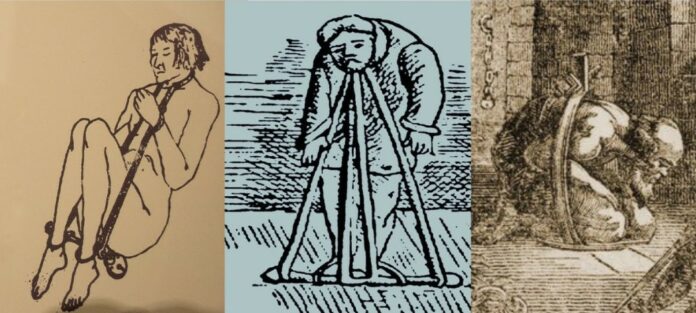
Introduction
In the shadowy realm of medieval Europe, the pursuit of “justice” often gave rise to unspeakable cruelty. Amidst the tumultuous reign of King Henry VIII, a particularly sinister device emerged from the heart of England – the Scavenger’s Daughter. This obscure yet terrifying instrument of torture stands as a grim reminder of the dark undercurrents that permeated the quest for confessions and punishment during those bygone eras.
The Birth of a Brutal Device
The story of the Scavenger’s Daughter begins with its inventor, Leonard Skeffington, the Lieutenant of the Tower of London. Skeffington’s surname has become forever intertwined with this instrument of torment, as the very name “Scavenger” is a corruption of his own. Commissioned during the reign of the notorious King Henry VIII, the Scavenger’s Daughter was one of the lesser-known torture devices to grace the dungeons of medieval England.
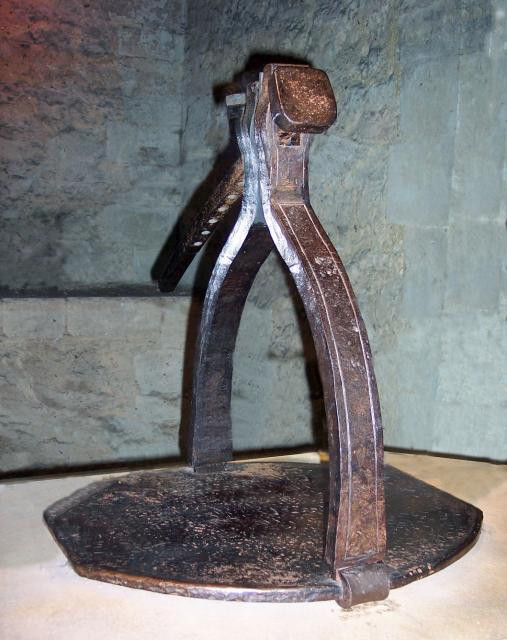
An Uncommon Instrument of Torment
Despite its royal origins, the Scavenger’s Daughter was rarely employed, making it one of the more obscure tools in the torturer’s arsenal. This rarity, however, did little to diminish its terrifying reputation. Unlike the more famous Rack, which stretched its victims to the breaking point, the Scavenger’s Daughter worked on the principle of compression, subjecting its unfortunate captives to a different form of agonizing torment.
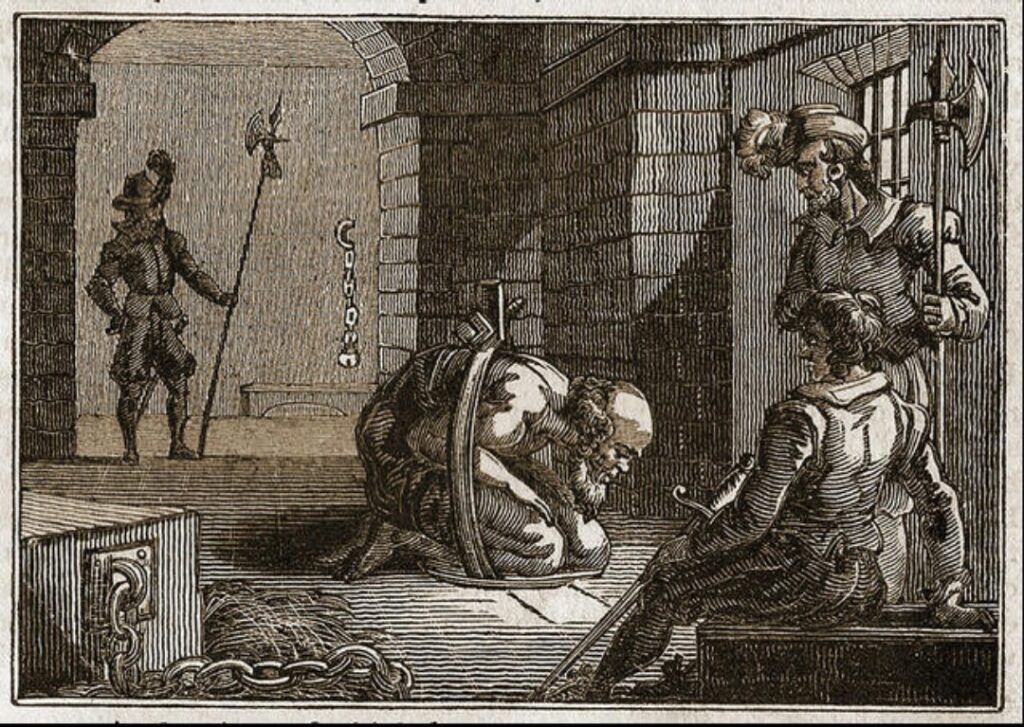
The Mechanics of Misery
The Scavenger’s Daughter was a deceptively simple yet brutally effective device. Victims were strapped to an A-frame metal rack, with their head secured at the apex, hands bound at the midpoint, and legs fastened at the base. As the device was activated, it forced the body into an agonizing sitting position, driving the knees upward while simultaneously pushing the head down. This brutal compression caused blood to ooze from the victim’s nose and ears, accompanied by severe muscle damage.
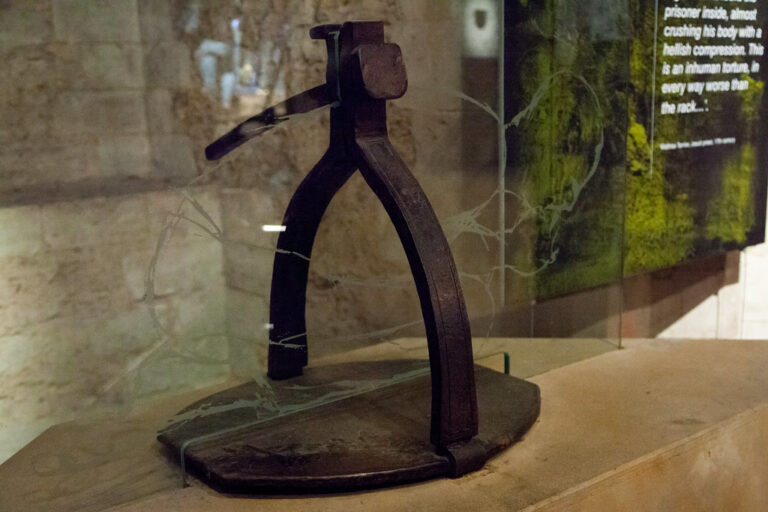
Crafting Cruelty
Ironically, the Scavenger’s Daughter was relatively simple to construct compared to other torture devices of its time. It consisted of three iron planks arranged in an A-shape, with straps to secure the unfortunate soul subjected to its embrace. This simplicity, however, did nothing to diminish the sheer horror of its effects.
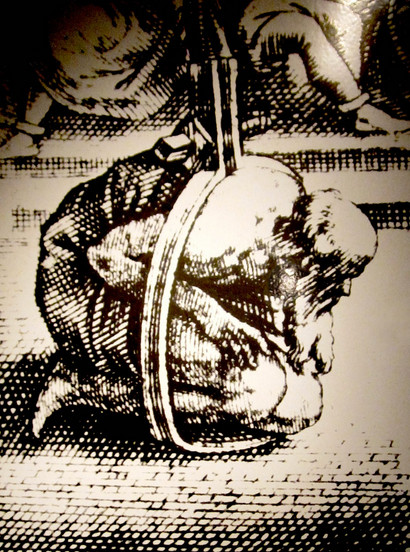
Legacy of the Forgotten Torturer
The Scavenger’s Daughter stands as a chilling reminder of the lengths to which authorities would go to extract confessions during medieval times. Though it may not have seen frequent use, its very existence speaks volumes about the dark undercurrents of justice and power in Tudor England. As we reflect on this grim chapter of history, we are reminded of the importance of human rights and the progress we’ve made in the pursuit of justice.
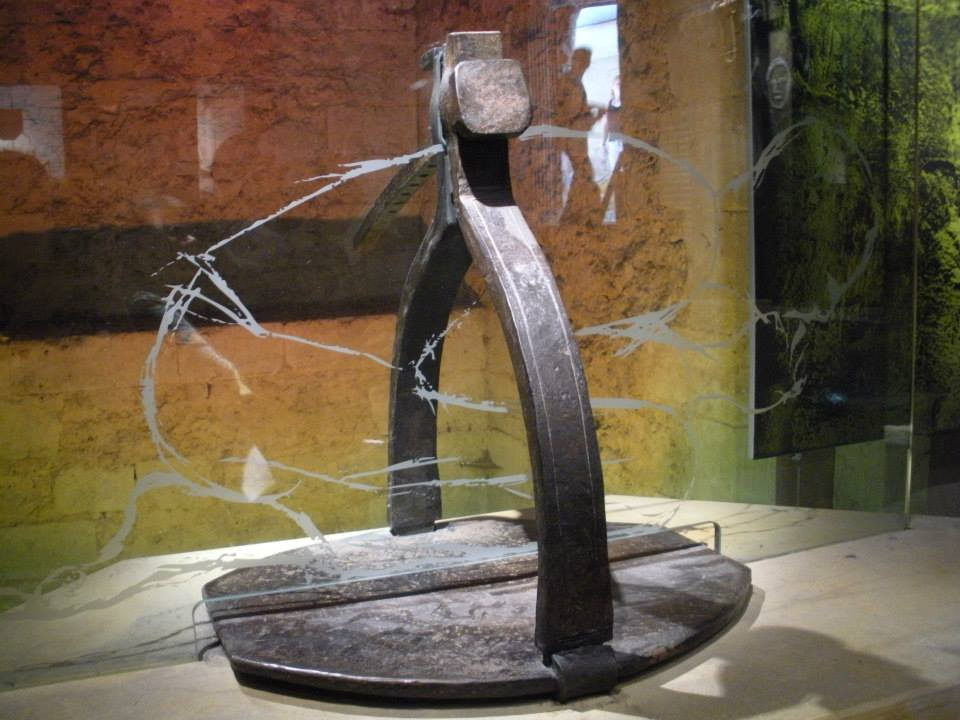
Conclusion
The Scavenger’s Daughter, now consigned to the annals of history, serves as a stark warning of the cruelty humans are capable of inflicting upon one another in the name of law and order. This obscure yet terrifying instrument of torture is a sobering reminder of the dark shadows that have lurked within the halls of power, and the ongoing need to vigilantly safeguard the principles of human dignity and justice.

